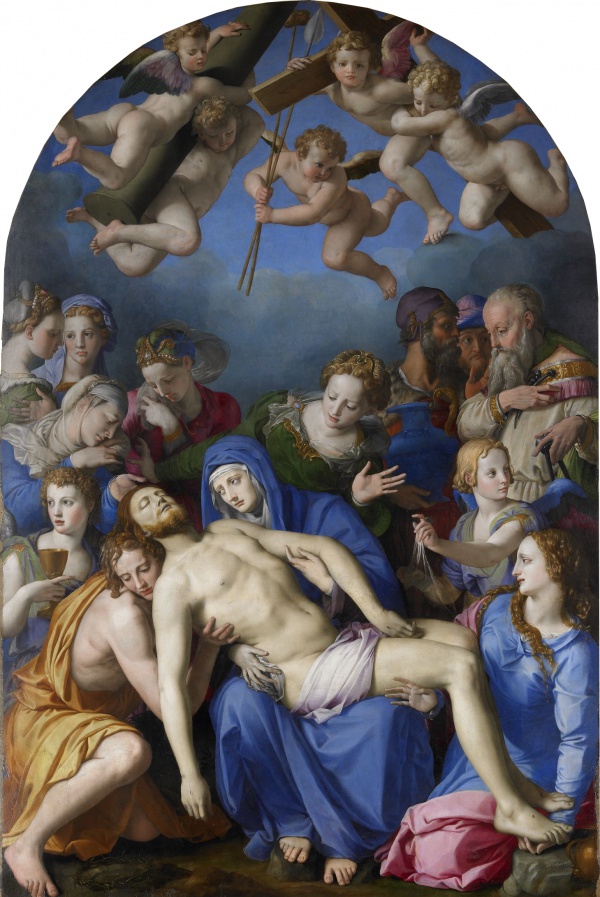Facts About Deposition of Christ
The "Deposition of Christ" painting by Agnolo di Cosimo, better known as Bronzino, was completed in 1545 and is currently housed in the Musée des Beaux-Arts de Besançon, France. A replica of this masterpiece can be viewed at the Palazzo Vecchio in Florence, Italy. More precisely described as a "Lamentation" this painting depicts the scene of Jesus being taken down from the cross and is celebrated as a prime example of late Mannerism.
The painting has a captivating history. Initially commissioned as an altarpiece for Eleonora of Toledo's chapel in the Palazzo Vecchio, it was eventually sent by Grand Duke Cosimo I de' Medici as a diplomatic gift to Nicolas Perrenot de Granvelle, a chief counselor to the Holy Roman Emperor Charles V. The painting found its way to Granvelle's private chapel in Besançon and moved several times before becoming part of the Musée des Beaux-Arts collection in 1834.
Interestingly, Bronzino also created a copy of this painting for Eleonora's chapel, which is the version displayed in the Palazzo Vecchio today. Originally, the painting included side panels featuring John the Baptist and Saint Cosmas. These panels were later replaced with ones depicting the Annunciation. The whereabouts of the original panels remained unknown for centuries, but the John the Baptist panel has since been located and is now housed in the Getty Center.
In the painting, key biblical figures such as Mary, John, Mary Magdalene, Nicodemus, and Joseph of Arimathea are present, along with angels and other symbols related to the Passion of Christ. Hidden within these figures are suggested portraits of individuals connected to the Medici family and the artistic community of Florence.
The second version of the painting, created by Bronzino, is a faithful reproduction of the original, albeit with a more subdued color palette that reflects the sobriety of the Counter-Reformation era. This artwork not only stands as a significant example of late Mannerism but also showcases Bronzino's exceptional talent for portraying religious themes with profound symbolic meaning and emotional depth.

 Spain
Spain